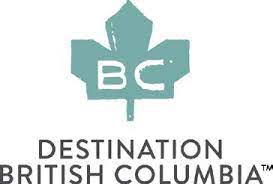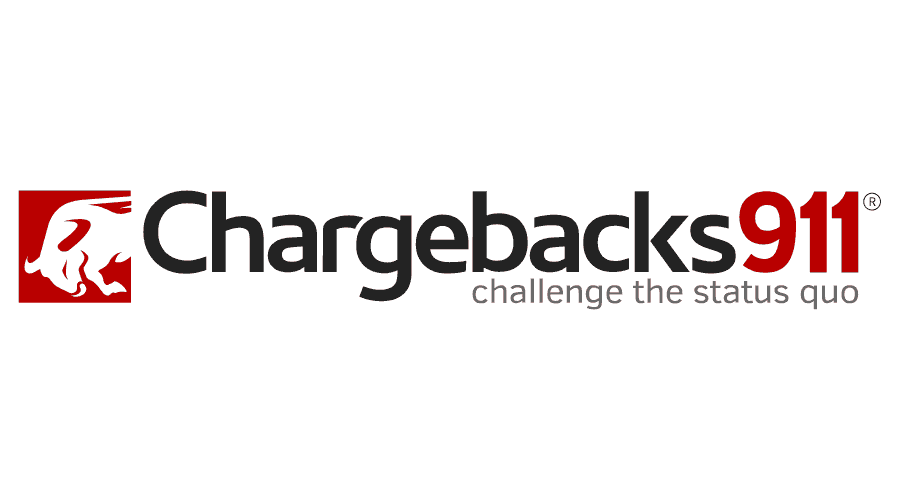The sky’s the limit – TravelMole Guest Comment by Euromonitor International
The European Union unanimously supported an open skies agreement with the US that will permit European and American airlines to fly any transatlantic routes beginning March 2008.
This eliminates the existing bilateral agreements that stifled competition, particularly at Heathrow in London.
Michelle Grant, travel and tourism manager (Americas) at Euromonitor International reviews the impact on the industry.
The Heathrow question
The impact of an open skies agreement on Heathrow airport in London was a sticking point in negotiations for the British government and its flag carrier, British Airways.
Routes between the US and Heathrow account for 40% of all transatlantic air traffic and are highly profitable due to the high volume of business travellers that fly between the US and Heathrow.
Under existing bi-lateral agreements, only United Airlines, American Airlines, British Airways and Virgin Atlantic are permitted to fly to the US from Heathrow.
However, the new open skies agreement allows any US or European airline to fly to Heathrow providing certain conditions are met.
Bmi, Lufthansa and Air France have slots at the crowded airport and are likely to start operating transatlantic flights, increasing competition and driving fares lower, particularly for business class travel.
In the short term, the four current airlines may be able to hold their ground due to their large frequent flier programmes, frequent flight schedules, and corporate contracts.
In the long term, competition will drive fares downward, but the opening of the Terminal 5 is integral to any future development.
Competition is unleashed
Heathrow will not be the only airport to witness an increase in competition.
In the past year, American airlines, such as Continental Airlines and Delta Air Lines, have been adding direct flights to secondary cities in Europe as domestic routes have come under pressure from low cost airlines.
With open skies, American airlines are likely to continue to add direct transatlantic flights to secondary cities in Europe, encroaching on European airlines’ territory in particular the leading European LCCs.
While American airlines have lower costs than European airlines thanks to their bankruptcy proceedings, European airlines offer new planes with better entertainment and food options.
Both regions benefit
Regardless of which airline companies win, consumers and the tourism industries in both regions will benefit, benefiting from lower fares on transatlantic routes and more choice on flights and direct routes.
The US has suffered from a poor image and the number of foreign visitors has been slow to recover from 9/11, especially European arrivals.
The open skies agreement coincides with the government’s efforts to revitalise the country’s image. As a result, the nation will benefit from an increase in European travellers and their spending.
Coupled with open skies, Europe will also benefit from another US policy: the Western Hemisphere Travel Initiative. The WHTI requires that all Americans flying to Canada, Mexico and the Caribbean need to have passports to re-enter the country.
As a result, demand for passports has skyrocketed and more Americans than ever have passports to travel abroad.
Lower air fares are likely to draw more Americans to Europe that may have preferred closer and relatively cheaper destinations, ultimately driving up inbound tourism receipts to Europe.
 United Kingdom
United Kingdom United States
United States Asia Pacific
Asia Pacific












































BA suspending all Heathrow to Abu Dhabi flights
Unexpected wave rocks cruise ship
Report: Cruise guest died after ship lashed in heavy storm
British teen in serious condition after paraglider collision
JetBlue scraps London Gatwick flights